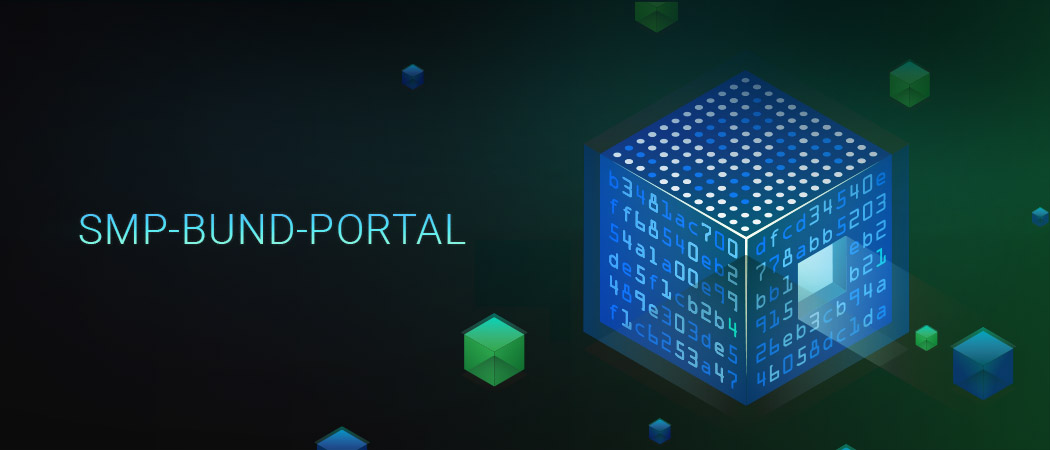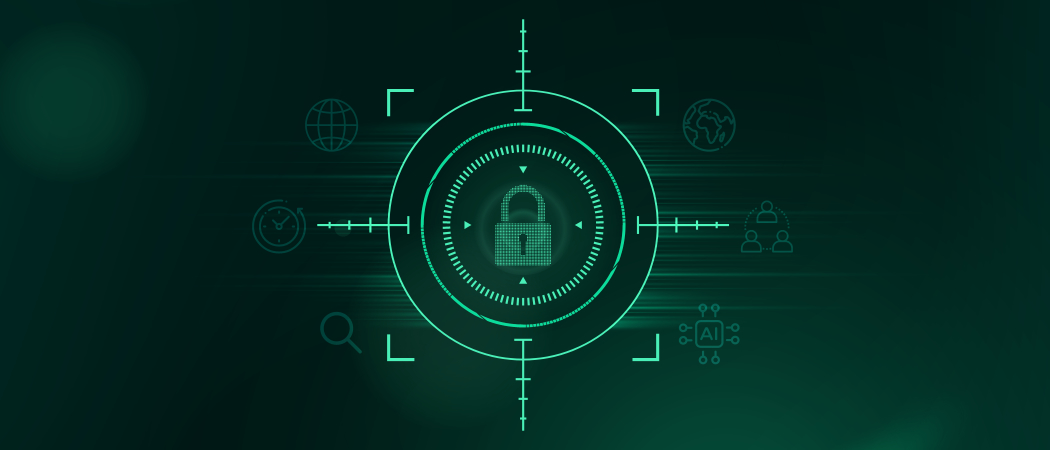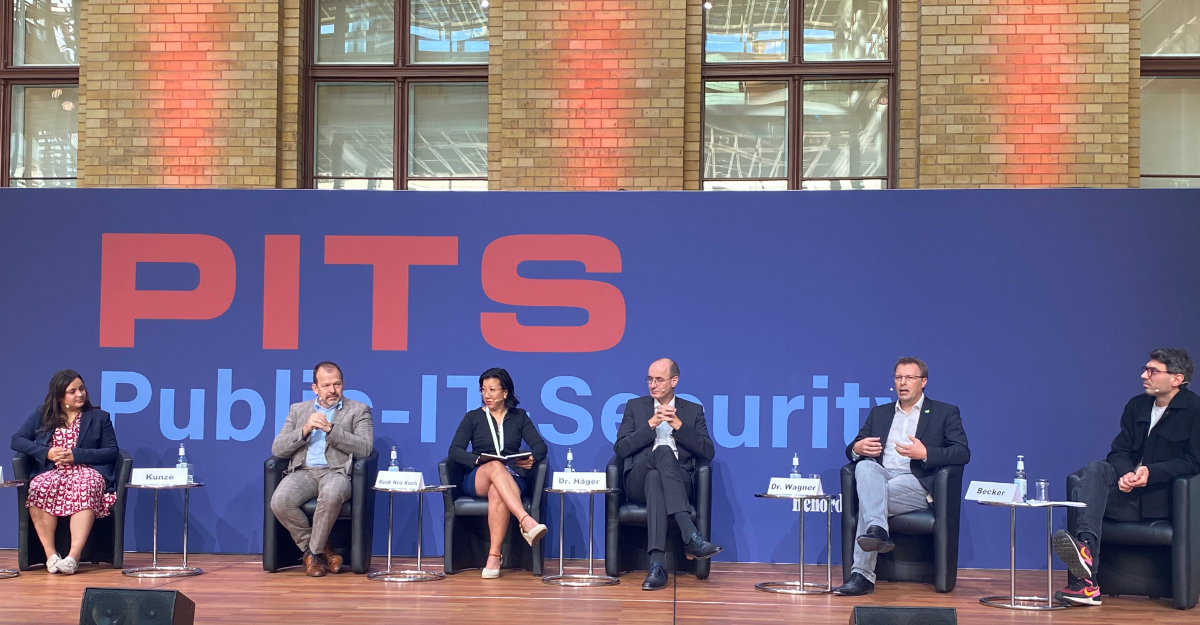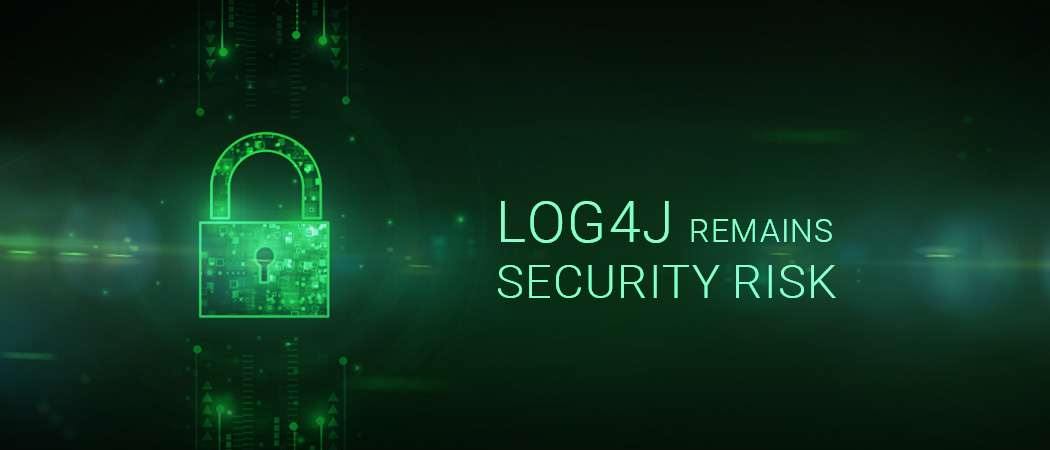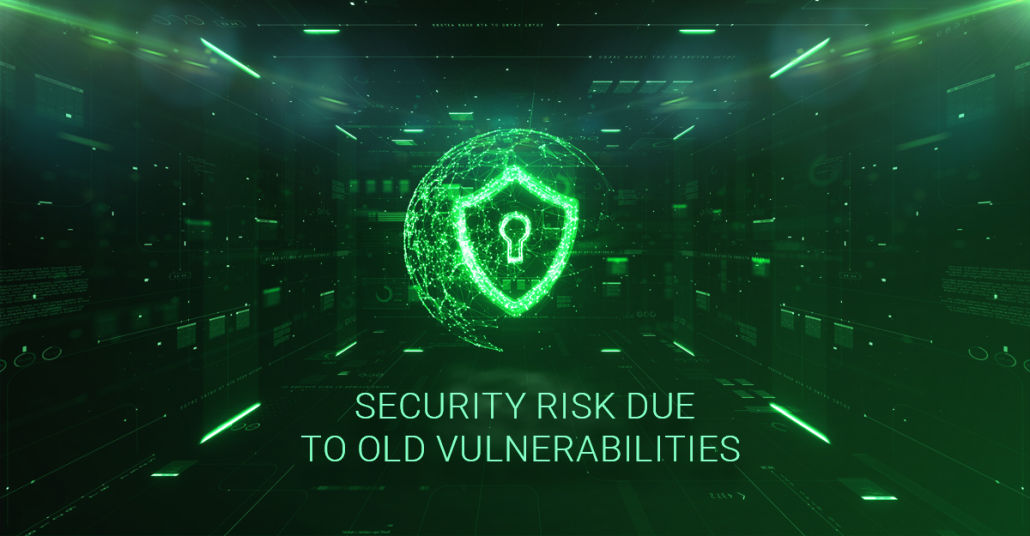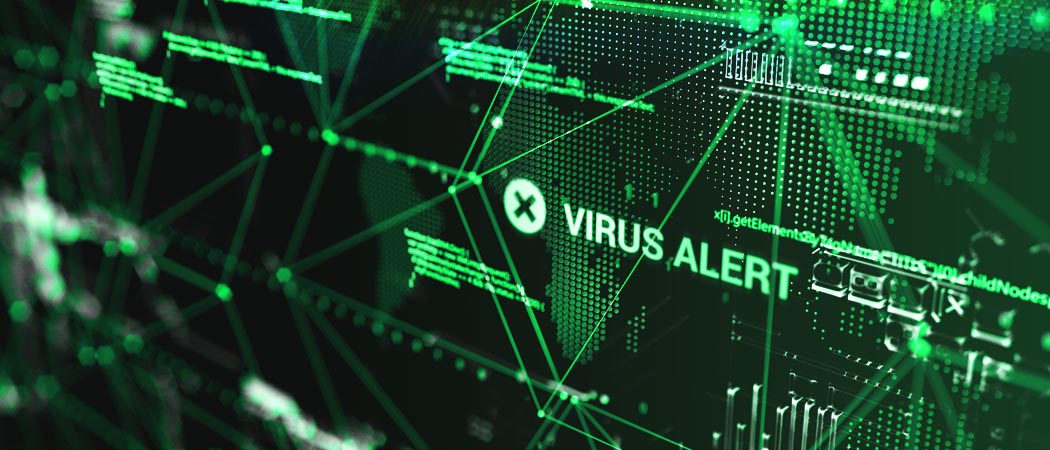In the November 2023 commVT Intelligence Update, several critical vulnerabilities and security threats have come to light. Cisco’s Internetworking Operating System (IOS) XE Software Web User Interface (UI) was found to be vulnerable to two actively exploited critical vulnerabilities, allowing attackers to execute arbitrary code remotely. The curl command-line tool, widely used across various platforms, faced a serious vulnerability that could result in arbitrary code execution during SOCKS5 proxy handshakes. VMware is urging immediate updates for its vCenter Server due to a critical vulnerability potentially leading to remote code execution. Multiple vulnerabilities were found in versions of PHP 8; one is a particularly critical deserialization vulnerability in the PHAR extraction process. Additionally, SolarWinds Access Rights Manager (ARM) was found susceptible to multiple critical vulnerabilities, emphasizing the urgency to update to version 2023.2.1. Lastly, two F5 BIG-IP vulnerabilities were discovered to be actively exploited, with mitigation options available and outlined below.

Cisco IOS XE: Multiple Critical Vulnerabilities
Two actively exploited critical CVSS 10 vulnerabilities were discovered in Cisco’s Internetworking Operating System (IOS) XE Software Web User Interface (UI); CVE-2023-20198 and CVE-2023-20273. Combined, they allow an attacker to remotely execute arbitrary code as the system user and are estimated to have been used to exploit tens of thousands of vulnerable devices within the past few weeks. Greenbone has added detection for both the vulnerable product by version [1], and another aimed at detecting the BadCandy implanted configuration file [2]. Both are VTs included in Greenbone’s Enterprise vulnerability feed.
Cisco IOS was created in the 1980s and used as the embedded OS in the networking technology giant’s routers. Fast forward to 2023, IOS XE is a leading enterprise networking full-stack software solution that powers Cisco platforms for access, distribution, core, wireless, and WAN. IOS XE is Linux-based, and specially optimized for networking and IT infrastructure, routing, switching, network security, and management. Cisco devices are pervasive in global IT infrastructure and used by organizations of all sizes, including large-scale enterprises, government agencies, critical infrastructure, and educational institutions.
Here’s how the two recently disclosed CVEs work:
• CVE-2023-20198 (CVSS 10 Critical): Allows a remote, unauthenticated attacker to create an account [T1136] on an affected system with privilege level 15 (aka privileged EXEC level) access [CWE-269]. Privilege level 15 is the highest level of access to Cisco IOS. The attacker can then use that account to gain control of the affected system.
• CVE-2023-20273 (CVSS 7.2 High): A regular user logged into the IOS XE web UI, can inject commands [CWE-77] that are subsequently executed on the underlying system with the system (root) privileges. This vulnerability is caused by insufficient input validation [CWE-20]. CVE is also associated with a Lua-based web-shell [T1505.003] implant dubbed “BadCandy”. BadCandy consists of an Nginx configuration file named `cisco_service.conf` that establishes a URI path to interact with the web-shell implant but requires the webserver to be restarted.
Cisco has released software updates for mitigating both CVEs in IOS XE software releases, including versions 17.9, 17.6, 17.3, and 16.12 as well as available Software Maintenance Upgrades (SMUs) and IT security teams are strongly advised to urgently install them. Cisco has also released associated indicators of compromise (IoC), Snort rules for detecting active attacks, and a TAC Technical FAQs page. Disabling the web UI prevents exploitation of these vulnerabilities and may be suitable mitigation until affected devices can be upgraded. Publicly released proof of concept (PoC) code [1][2] and a Metasploit module further increase the urgency to apply the available security updates.
Critical Vulnerability In The Curl Tool
A widespread vulnerability has been discovered in the popular curl command line tool, libcurl, and the many software applications that leverage them across a wide number of platforms. Tracked as CVE-2023-38545 (CVSS 9.8 Critical), the flaw makes curl overflow a heap-based buffer [CWE-122]] in the SOCKS5 proxy handshake that can result in arbitrary code execution [T1203]. Greenbone’s community feed includes several NVTs [1] to detect many of the affected software products and will add additional detections for CVE-2023-38545 as more vulnerable products are identified.
CVE-2023-38545 is a client-side vulnerability exploitable when passing a hostname to the SOCKS5 proxy that exceeds the maximum length of 255 bytes. If supplied with an excessively long hostname, curl is supposed to use local name resolution and pass it on to the resolved address only. However, due to the CVE-2023-38545 flaw, curl may actually copy the overly long hostname to the target buffer instead of copying just the resolved address there. The target buffer, being a heap-based buffer, and the hostname coming from the URL results in the heap-based overflow.
While the severity of the vulnerability is considered high because it can be exploited remotely and has a high impact to the confidentiality, integrity, and availability (CIA) of the underlying system, the SOCKS5 proxy method is not the default connection mode and must be declared explicitly. Additionally, for an overflow to happen an attacker also needs to cause a slow enough SOCKS5 handshake to trigger the bug. All versions of curl are affected between v7.69.0 (released March 4th, 2020) until v8.3.0. The vulnerable code was patched in v8.4.0 commit 4a4b63daaa.
VMware vCenter Server: Multiple Vulnerabilities
CVE-2023-34048 is a critical severity vulnerability that could allow a malicious actor with network access to vCenter Server to cause an out-of-bounds write [CWE-787] potentially leading to remote code execution (RCE). The affected software includes VMware vCenter Server versions 6.5, 6.7, 7.0, and 8.0. VMWare has issued a security advisory to address both vulnerabilities which states that there are no known mitigations other than installing the provided updates. Both vulnerabilities can be detected by Greenbone’s enterprise vulnerability feed [1]. The vCenter Server patch also fixes CVE-2023-34056, a medium-severity information disclosure resulting from improper authorization [CWE-285].
Although there are no reports that CVE-2023-34048 is being actively exploited in the wild attackers have proven adept at swiftly converting threat intelligence into exploit code. Research by Palo Alto Networks Unit 42 threat research group shows that on average an exploit is published 37 days after a security patch is released.
Here are some brief details on both CVEs:
• CVE-2023-34048 (CVSS 9.8 Critical): vCenter Server contains an out-of-bounds write [CWE-787] vulnerability in the implementation of the DCERPC protocol. A malicious actor with network access to vCenter Server may trigger this vulnerability to achieve remote code execution (RCE). The Distributed Computing Environment Remote Procedure Call (DCERPC) protocol facilitates remote procedure calls (RPC) in distributed computing environments, allowing applications to communicate and invoke functions across networked systems.
• CVE-2023-34056 (CVSS 4.3 Medium): vCenter Server contains a partial information disclosure vulnerability. A malicious actor with non-administrative privileges to vCenter Server may leverage this issue to access unauthorized data.
Multiple Vulnerabilities Discovered In PHP 8
Several vulnerabilities were identified in PHP 8.0.X before 8.0.28, 8.1.X before 8.1.16 and 8.2.X before 8.2.3. Although the group of vulnerabilities does include one critical and two high-severity vulnerabilities, these require particular contexts to be present for exploitation; either deserializing PHP applications using PHAR or else using PHP’s core path resolution functions on untrusted input. Greenbone’s enterprise VT feed includes multiple detection tests for these vulnerabilities across multiple platforms.
Here are brief descriptions of the most severe recent PHP 8 vulnerabilities:
• CVE-2023-3824 (CVSS 9.8 Critical): A PHAR file (short for PHP Archive) is a compressed packaging format in PHP, which is used to distribute and deploy complete PHP applications in a single archive file. While reading directory entries during the PHAR archive loading process, insufficient length checking may lead to a stack buffer overflow [CWE-121], potentially leading to memory corruption or remote code execution (RCE).
• CVE-2023-0568 (CVSS 8.1 High): PHP’s core path resolution function allocates a buffer one byte too small. When resolving paths with lengths close to the system `MAXPATHLEN` setting, this may lead to the byte after the allocated buffer being overwritten with NULL value, which might lead to unauthorized data access or modification. PHP’s core path resolution is used for the `realpath()` and `dirname()` functions, when including other files using the `include()`, `include_once()`, `require()`, and `require_once()`, and during the process of resolving PHP’s “magic” constants” such as `__FILE__` and `__DIR__`.
• CVE-2023-0567 (CVSS 6.2 Medium): PHP’s `password_verify()` function may accept some invalid Blowfish hashes as valid. If such an invalid hash ever ends up in the password database, it may lead to an application allowing any password for this entry as valid [CWE-287]. Notably, this vulnerability has been assigned different CVSS scores by NIST (CVSS 6.2 Medium) and the PHP group CNA (CVSS 7.7 High), the difference being that the PHP Group CNA considers CVE-2023-0567 a high risk to confidentiality while NIST does not. CNAs are a group of independent vendors, researchers, open source software developers, CERT, hosted service, and bug bounty organizations authorized by the CVE Program to assign CVE IDs and publish CVE records within their own specific scopes of coverage.
SolarWinds Access Rights Manager (ARM): Multiple Critical Vulnerabilities
SolarWinds Access Rights Manager (ARM) prior to version 2023.2.1 is vulnerable to 8 different exploits; one critical and two additional high-severity vulnerabilities (CVE-2023-35182, CVE-2023-35185, and CVE-2023-35187). These include authenticated and unauthenticated privilege escalation [CWE-269], directory traversal [CWE-22], and remote code execution (RCE) at the most privileged “SYSTEM” level. Greebone’s Enterprise vulnerability feed includes both local security check (LSC) [1] and remote HTTP detection [2].
SolarWinds ARM is an enterprise access control software for Windows Active Directory (AD) networks and other resources such as Windows File Servers, Microsoft Exchange services, and Microsoft SharePoint as well as virtualization environments, cloud services, NAS devices, and more. The widespread use of ARM and other SolarWinds software products means that its vulnerabilities have a high potential to impact a wide range of large organizations including critical infrastructure.
These and more recent vulnerabilities are disclosed in SolarWinds’ security advisories. Although no reports of active exploitation have been released, mitigation is highly recommended and available by installing SolarWinds ARM version 2023.2.1.
F5 BIG-IP: Unauthenticated RCE And Authenticated SQL Injection Vulnerabilities
Two RCE vulnerabilities in F5 BIG-IP, CVE-2023-46747 (CVSS 9.8 Critical) and CVE-2023-46748 (CVSS 8.8 High), have been observed by CISA to be actively exploited in the wild soon after PoC code was released for CVE-2023-46747. A Metasploit exploit module has also since been published. F5 BIG-IP is a family of hardware and software IT security products for ensuring that applications are always secure and perform the way they should. The platform is produced by F5 Networks, and it focuses on application services ranging from access and delivery to security. Greenbone has added detection for both CVEs [1][2].
CVE-2023-46747 is a remote authentication bypass [CWE-288] vulnerability while CVE-2023-46748 is a remote SQL injection vulnerability [CWE-89] that can only be exploited by an authenticated user. The affected products include the second minor release (X.1) for major versions 14-17 of BIG-IP Advanced Firewall Manager (AFM) and F5 Networks BIG-IP Application Security Manager (ASM).
If you are running an affected version you can eliminate this vulnerability by installing the vendor-provided HOTFIX updates [1][2]. The term “hotfix” implies that the patch can be applied to a system while it is running and operational, without the need for a shutdown or reboot. If updating is not an option, CVE-2023-46747 can be mitigated by downloading and running a bash script that adds or updates the `requiredSecret` attribute in the Tomcat configuration, which is used for authentication between Apache and Tomcat, and CVE-2023-46748 can be mitigated by restricting access to the Configuration utility to allow only trusted networks or devices, and ensuring only trusted user accounts exist thereby limiting the attack surface.

